

After “The Capture of the Golden Fleece” (or maybe just a fleecing), oil on linen, 150 x 100cm



An Educated Guess, monotype on paper and found books
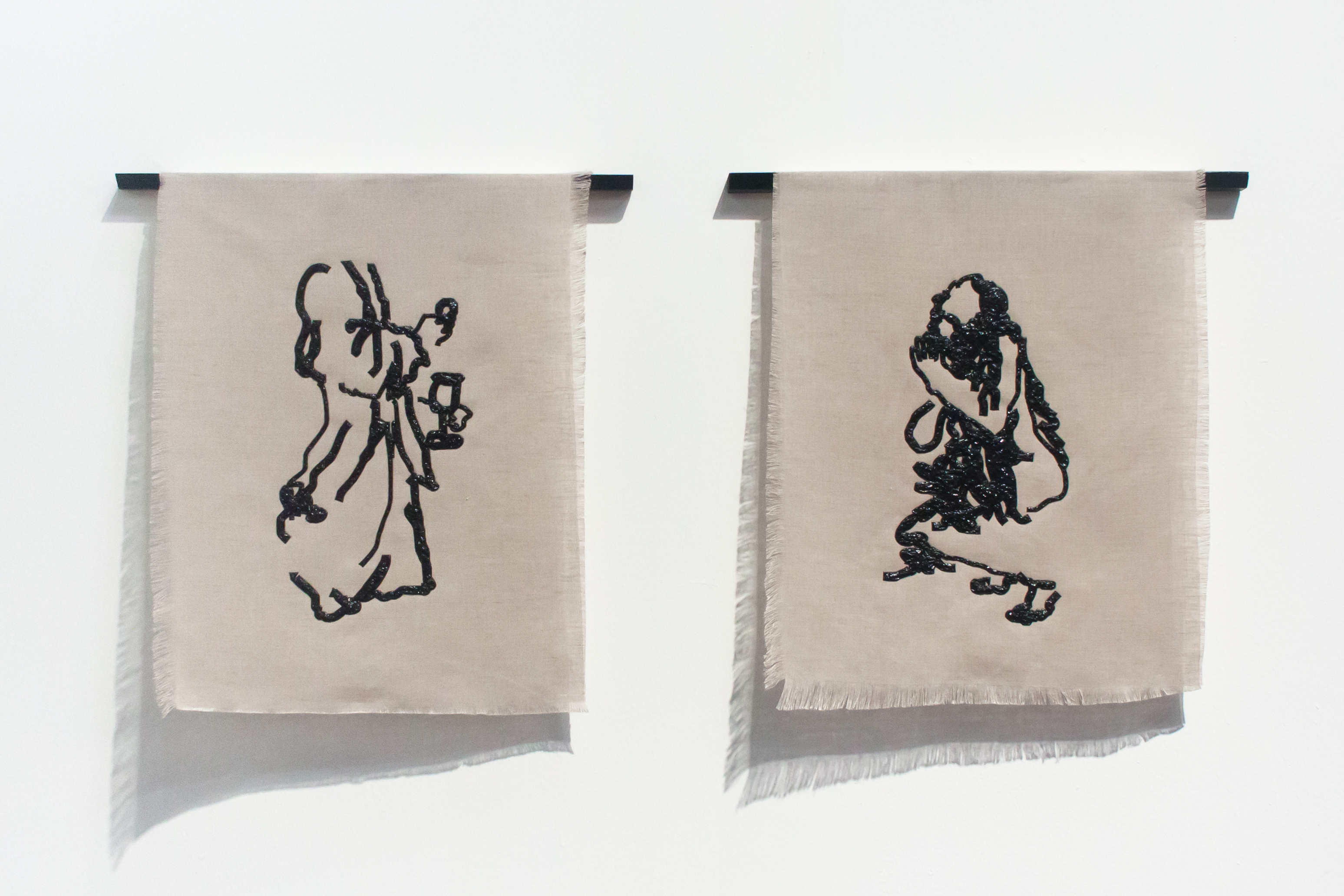
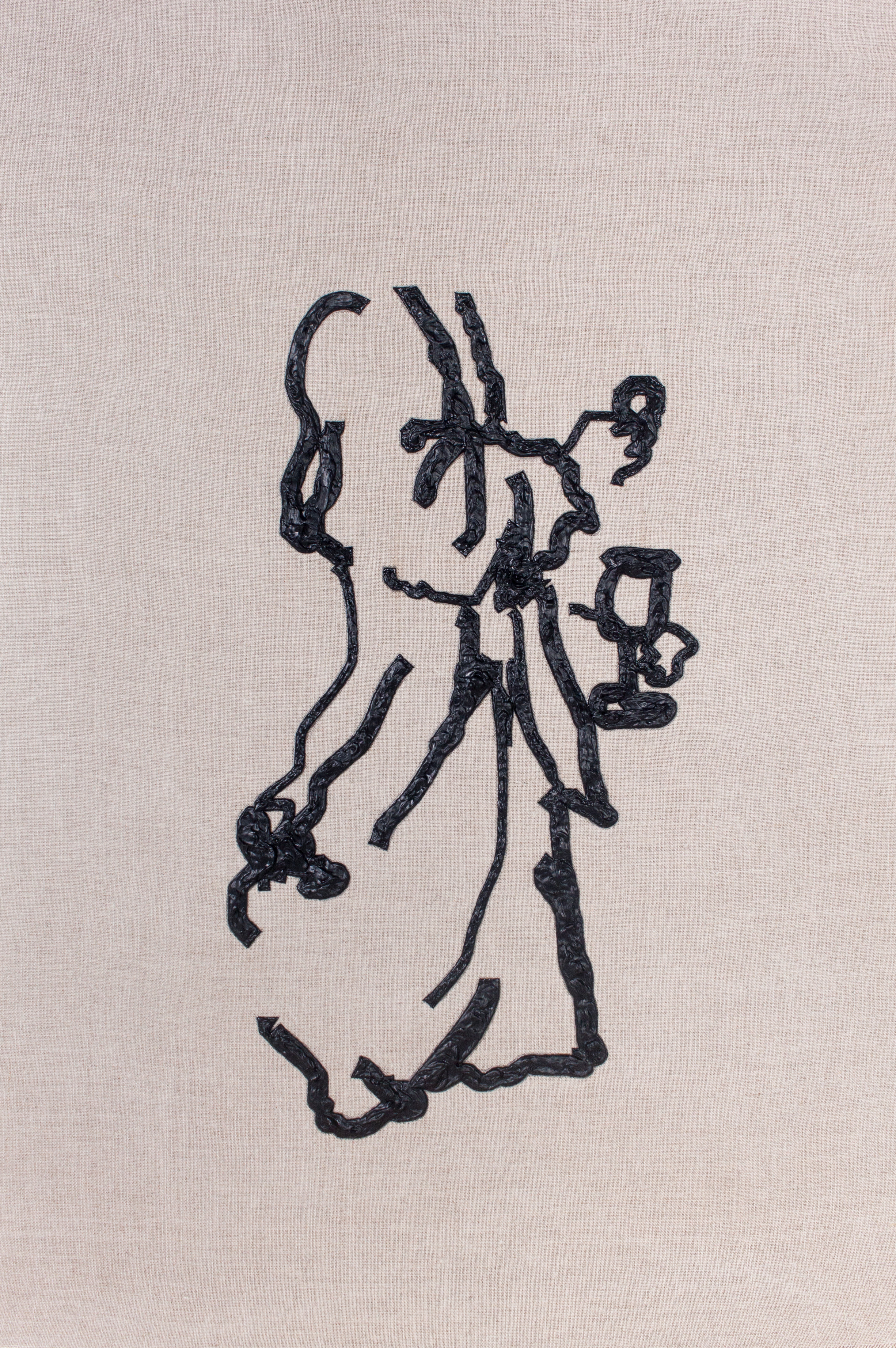
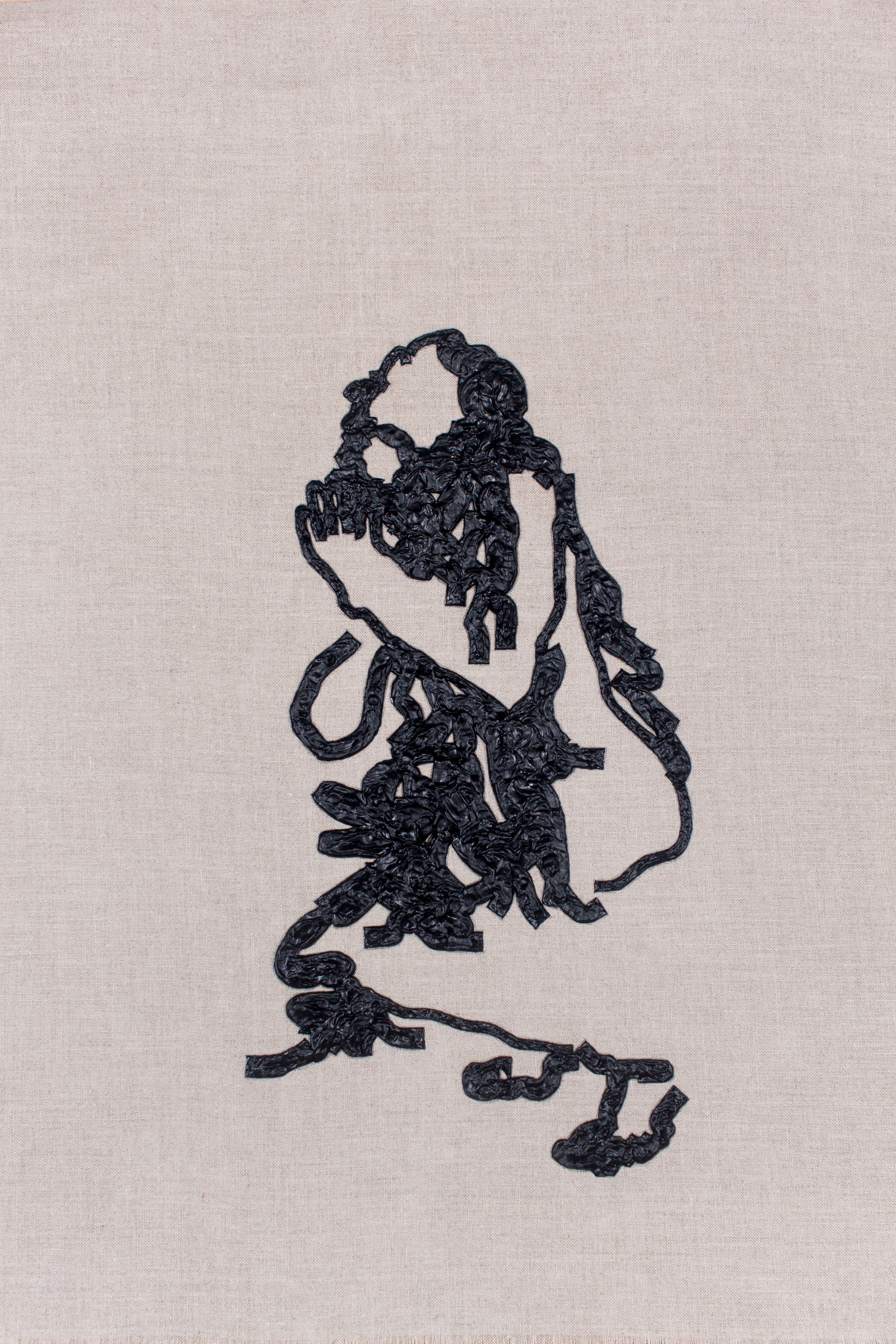
After “Comunhão de Santo Onofre”, after forgetting what I was looking for, oil on linen


A Fly in Amber, ink on linoleum (vinyl), 180 x 120cm
Carve an image into a linocut block
Ink it up and prepare to print
Instead of printing the image,
Display the block as a sculpture


Searching for God on the Internet, linocut on paper, 200 x 100cm (installation), 45 x 30cm (each)


Amateur Hour, ink on paper, found chairs

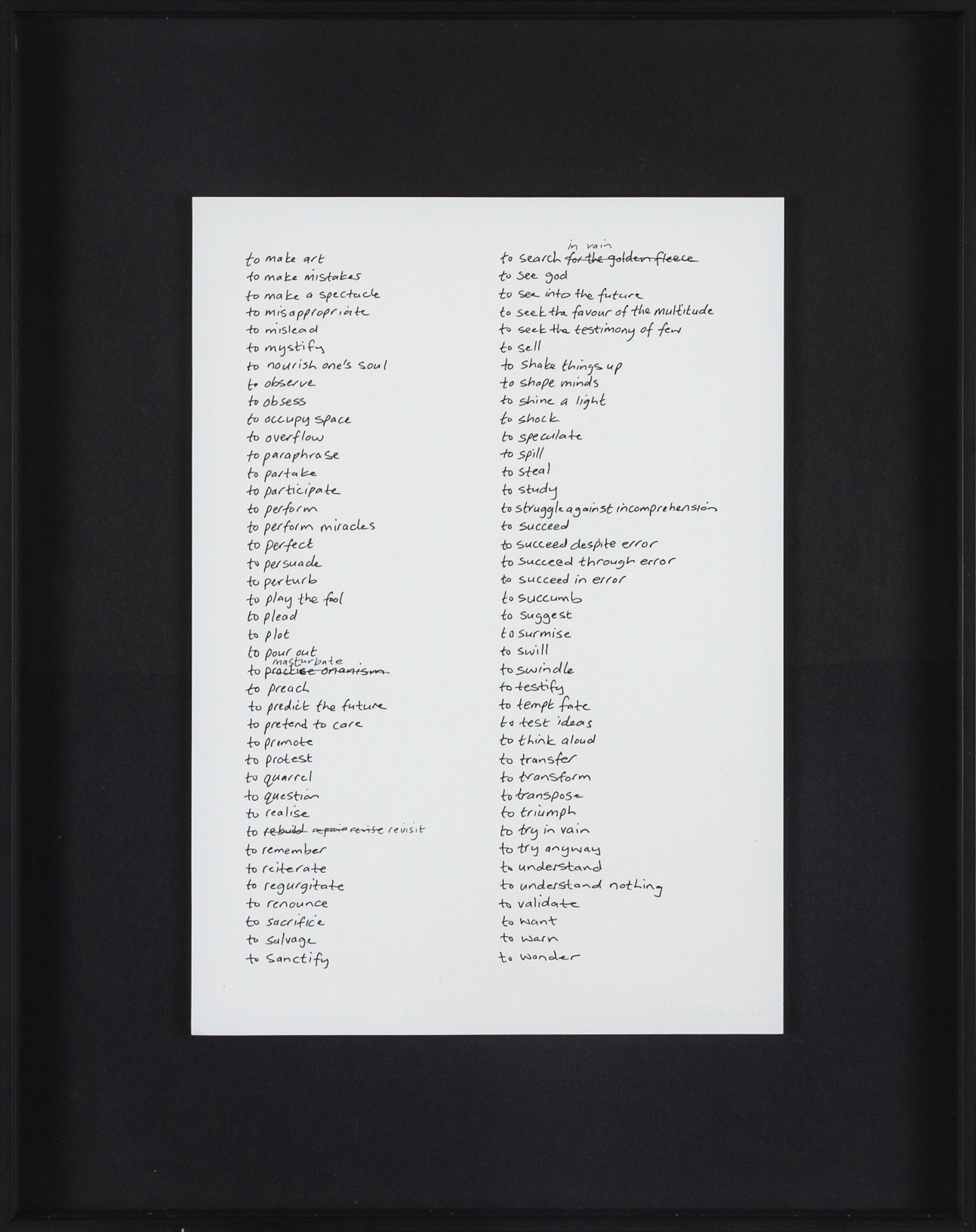
Serra’s List, Revised, pts. I & II, ink on paper, 30 x 21cm (each)


Your Urgent Attention Required, ink on paper, pts. I & II, 30 x 21cm (each)


Not Sure, Yet, pts. I & II, ink on paper, 30 x 21cm (each)

If It’s All the Same to You, ink on paper, 30 x 21cm
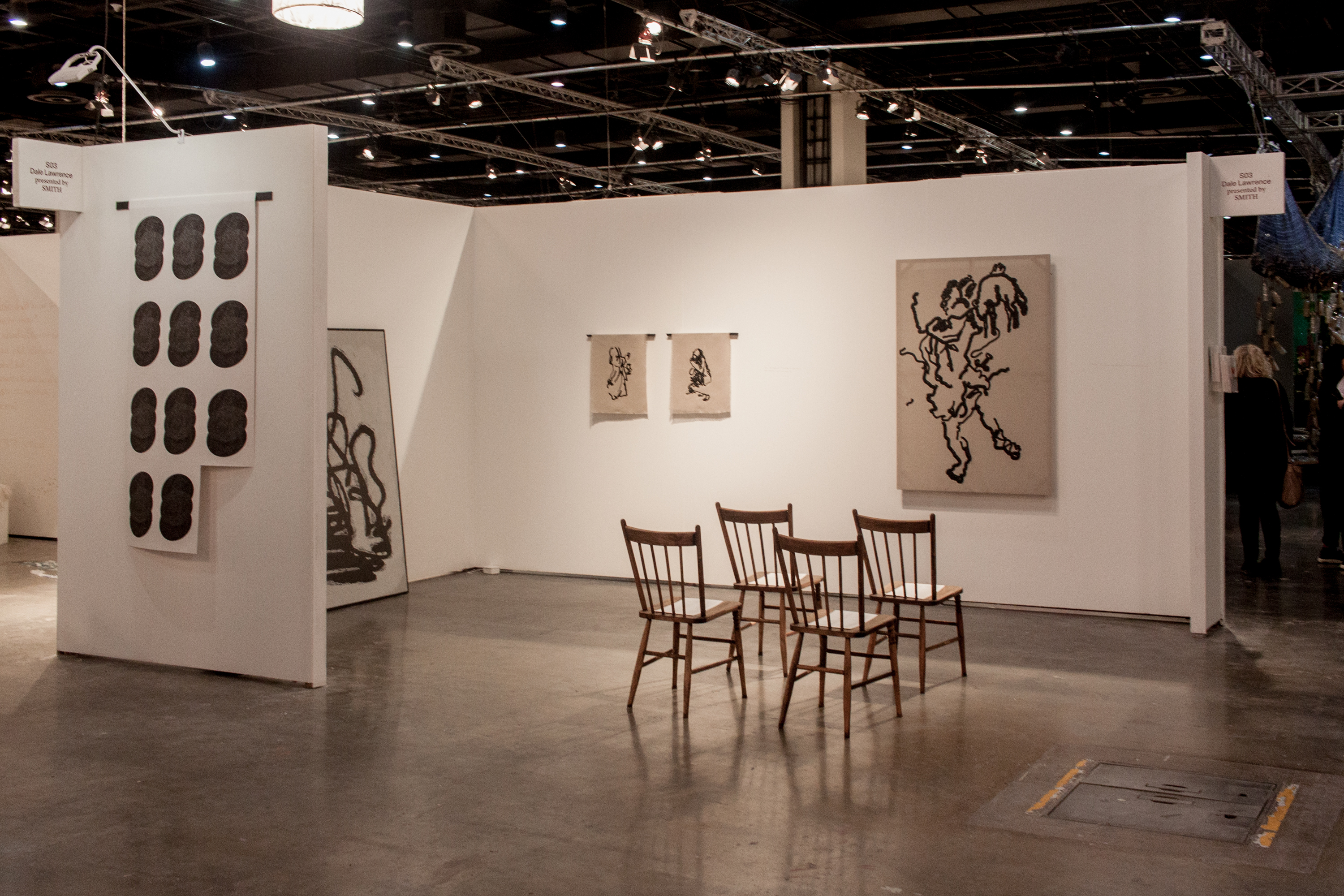
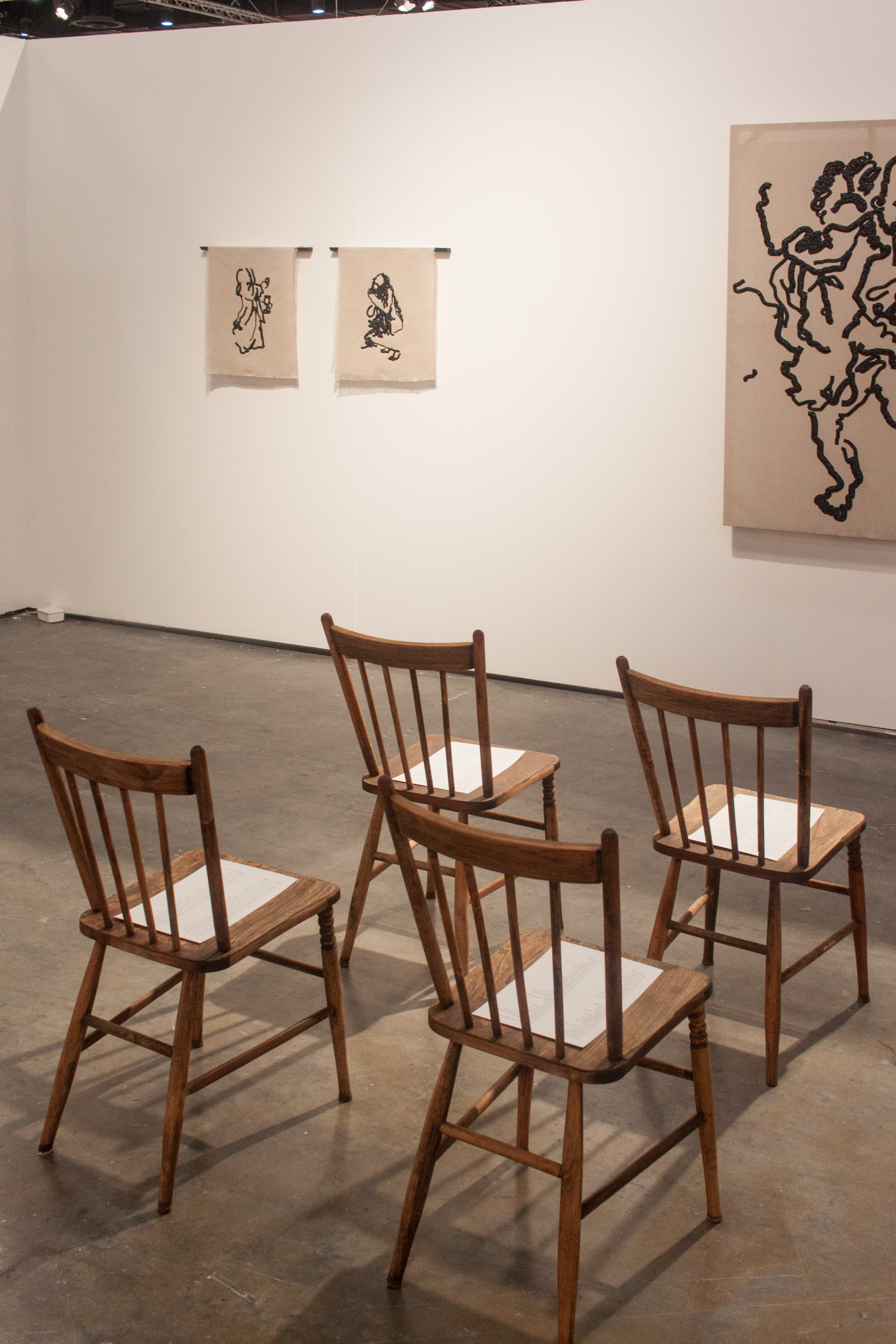
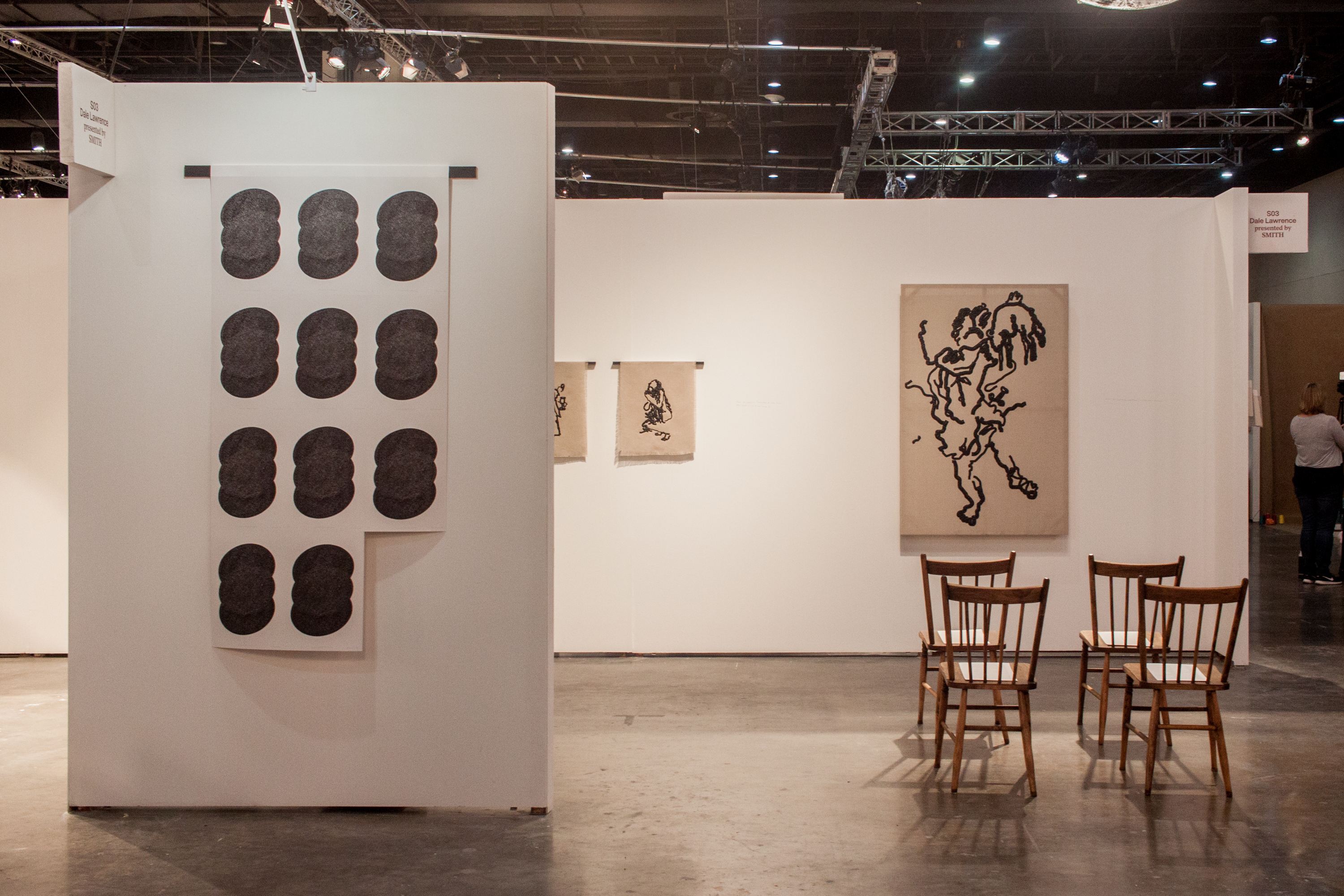

From a piece of text written for an unsuccessful residency application
The focus of my work is a study into the virtues and shortcomings of the amateur. An ‘amateur’, in the sense described by John Berger as someone outside the ‘professional’ canon, while liable to make mistakes, has the potential to contribute a wide range of characteristics in their work, from accidental innovation to passionate sentimentality to frank critique. The use of the word ‘amateur’ here is related to the word’s Latin root ‘amare’ and implies someone who does what they do out of love, rather than doing it for a living.
I practice two careers simultaneously: one as a contemporary artist, one as a commercial communication designer through my design studio, Hoick. Through this duality I have at times been somewhat of an outsider in both realms: seen by the one group as a designer, and by the other as an artist. This has serendipitously shown itself to be a good thing, so far, in that the ‘outsider’ position has, at times, allowed me certain freedoms from the pressures of the norms of either industry.
In the words of Edward Said, “Therefore, the problem for the intellectual is to try to deal with the impingements of modern professionalization as I have been discussing them, not by pretending that they are not there, or denying their influence, but by representing a different set of values and prerogatives. These I shall collect under the name of amateurism, literally, an activity that is fueled by care and affection rather than by profit and selfish, narrow specialization… In addition, the intellectual’s spirit as an amateur can enter and transform the merely professional routine most of us go through into something much more lively and radical; instead of doing what one is supposed to do one can ask why one does it, who benefits from it, how can it reconnect with a personal project and original thoughts.”
An active end goal of the research, beyond being a study into the virtues of ‘amateurism’, would be an exploration of potential methods and tools for retaining that ‘outsiderness’ that seems necessary for a genuine and sincere career in contemporary art, hoping that the time dedicated to the pursuit of the subject in the non-commercial sanctity of a residency fellowship will have a long term benefit on my career; a benefit which I hope to communicate to others through the work I make.
A central point of interest for me, on this topic, is the various successes, failures and demise of the Arts & Crafts Movement of the late 19th century, followed by those of the Bauhaus. Both movements were at heart ideologies on production, meant to elicit positive social change. I’m reminded of how the expensive, labour-intensive efforts of the Arts & Crafts Movement seemed like an ill-afforded luxury after the world wars, eventually being replaced by ideologies of efficiency as a tool for social reform, typified by the Bauhaus School, who in turn, for all its celebration of efficiency, was replaced by the more cold-blooded efficiency of large-scale commercial production that didn’t require idealistic designers spending lots of time pondering the needs of the people.
I am also reminded of John Ruskin’s comparison of Gothic architecture and sculpture to that of the more professional and efficient Egyptians, Greeks and Romans. The carving and sculpting of edifices and details in Gothic architecture is largely considered to have been made by amateurs acting as artisans. Those of the ‘classic’ cultures were made by a head sculptor who produced the main features (human and animal figures), assisted by a large team of slaves who would carve the bulk geometric features to strict formulas and instructions from the head sculptor. I am lead to wonder which is the better approach. The ‘classics’ certainly had the more profitable approach as is evident by their terrific productivity. It certainly benefited the central economy more to take such an approach, but the impact on the lives of the workers no doubt showed the opposite. Also, Ruskin suggests, the depth of experience of the Gothic works for the viewer is far greater despite the work being more amateur and less perfect, because the character of each individual carver can be seen in each piece.
This topic seems particularly important in South Africa and Africa’s current positions, as both country and continent negotiate their routes for creating inclusive, ‘developed’ economies. On the one hand, we have a massive need for access to inexpensive goods and services; on the other, a need for agency and dignity in work. These two needs are at times at odds with each other, as to create cheap goods and services, the producers must be paid relatively low wages, as the products must above all be cost-effective to produce—often leading them to be of a lower quality or to not properly address the needs of the users, at least not for any length of time. And to be given agency over one’s work is to allow organic growth and learning. This is gratifying for the worker, but not efficient in the modern sense of the word, and not competitive in terms of profits. It does however provide opportunity for the creation of goods and services that are meaningful and long-lasting, which may in fact prove to be more profitable in the long run.
This also stands as an important decision for Africa’s definition of self, which is of great importance currently for South Africans. Much debate and thought is going into redefining the stunted external assumptions of a homogeneous Africa that linger from colonial times, instead embracing and highlighting the multifarious voices and perspectives. This is an interesting distinction from the way most nations, areas or cultural groups have defined themselves—finding commonality in distinction rather than conformation. This is profoundly different, and is no doubt a viewpoint only possible in the age of the internet, rather than the industrial era as most developed nations have done.
The result of this is that we as a culture could tend toward valuing idiosyncrasy and character over perfection, and as such might be in a position to create an industry that resembles that of the people who made the Gothic works in Ruskin’s account, rather than that of the Egyptian and Greek.
All works and text ©2018 Dale Lawrence. All rights reserved